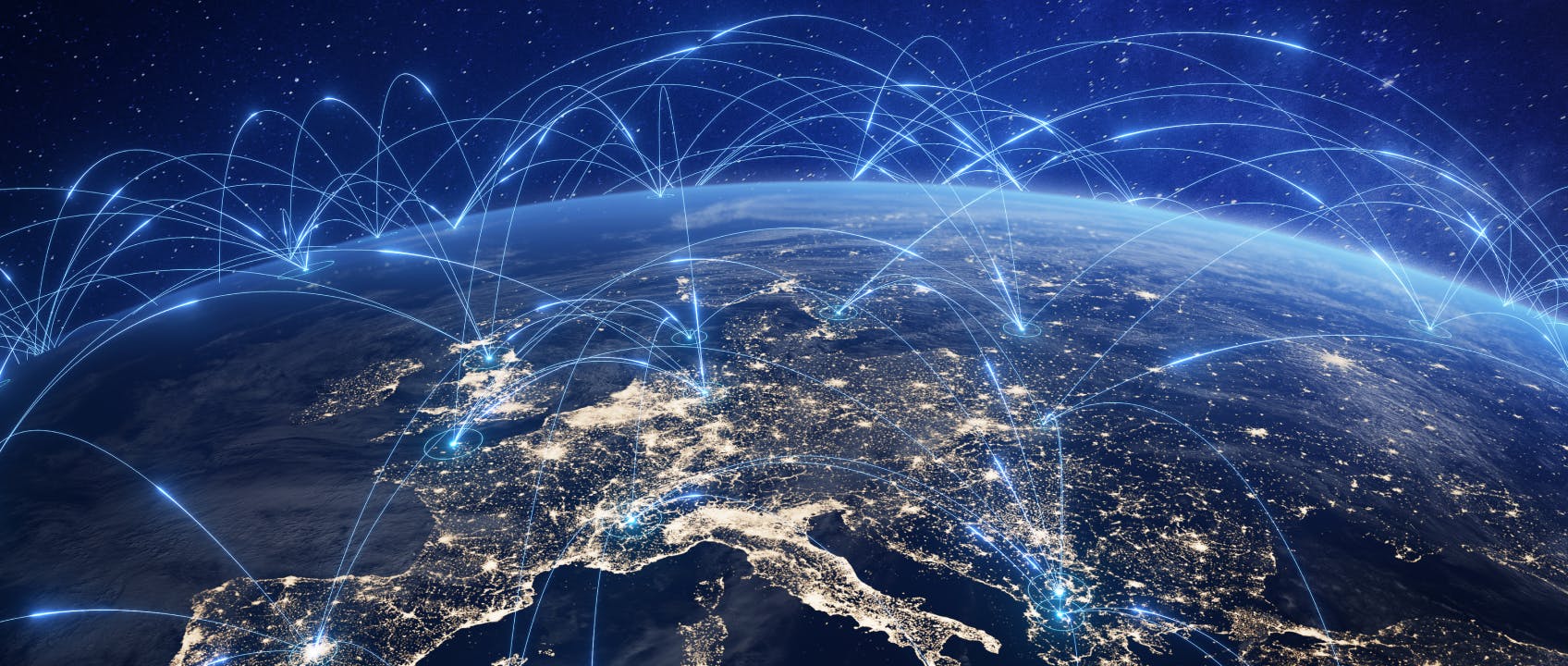Biometrics in payments: from fingerprint to voice payments
Technological innovation over the last two decades paired with the growth of Ecommerce had an increasing impact on online and in-store payments. More advanced and reliable POS terminals, the introduction of security systems for payment cards - as the CVV code or the 'Chip & PIN' system - and new forms of collection and alternative payments are only some of the innovations that have marked the evolution of this sector.
Among the most disruptive technological elements of the last decade that have completely revolutionised our user experience is biometrics. Its large-scale application to smartphones - and beyond - has paved the way for other areas, among all the payments world.
Biometrics and its pros
Biometrics studies biophysical properties in order to determine their functioning mechanisms, measure their value and elicit a desired behaviour within specific technological systems.
It is precisely biometric characteristics, also known as biometric identifiers, that allow a person to be uniquely identified and thus facilitate individual recognition. Current technology in fact allows a person to be recognised by means of:
- fingerprint
- colour and size of the iris
- retina
- vascularisation
- ear shape
- facial physiognomy
- voice print
Today, in particular, smartphones and tablets include fingerprint readers and facial recognition software that allow us to access devices, pay online or offline, in compliance with the European PSD2 regulation that, with the introduction of Strong Customer Authentication (SCA), requires a two-factor authentication.
The advantages of biometrics applied to our daily lives are more than one. Here are the main ones:
- PINs and passwords become obsolete
Biometric recognition replaces PINs and passwords that can be used as a 'back-up' or for specific cases, e.g. if the smartphone needs to be unlocked by another person. - Speed and usability
Usually these systems are faster than entering a code, especially a complex one. In addition, it can be more convenient, especially with the typical one-handed use of the device. - Security
The simpler an access code is, the greater the chance of it being guessed. A biometric identifier is personal and cannot be guessed or stolen.
Benefits that companies realised they had to seize. Suffice it to say that by the end of 2027, the market for biometric applications will be worth almost $83 billion, almost double what it was in 2022.¹
Voice-based payments: paying thanks to voice control
According to a survey conducted in 2022 by Biometric Industries², there are four main forms of biometric recognition that will increase most globally:
- Facial recognition (50%)
- Multimodal (14%)
- Behavioural (9%)
- Voice recognition (6%)
This can probably be attributed to the spread of devices capable of handling different types of recognition and user habits, which are linked more to more mature technologies.
While the consumer electronics sector is investing in infrastructure, companies in the banking, financial and fintech sectors are in turn integrating such solutions to increase the level of security when accessing and finalising payments. The advantages in terms of security compared to more traditional tools are supported by the data: in 2022, the average fraud rates based on identity theft were 5.9 %, of which only 1.53 % can be attributed to authentication via selfie and only 0.17 % to identification via video recorded by the user.
The increasingly widespread penetration of home automation and the Internet of Things (IoT) in general is creating scenarios with great potential. Big Tech companies such as Google, with Google Assistant, and Amazon, with Alexa - to name but two examples - are investing heavily in cross-platform voice commands. From smartphones to smart speakers, the ability to give voice commands is revolutionising the way consumers engage with companies.
The possibility of finalising a payment via voice recognition, also called “voice payment”, also offers new opportunities for physical and online retailers. Alongside the clear convenience for the user to complete a purchase and confirm payment, only via voice activation, come the opportunities for companies:
- Cross and up selling
The problem of app notifications is felt today, so much so that the overexposure to these almost recurrent messages is making us lose the sense of urgency they should arouse. Voice assistants, on the other hand, are still unexplored territory and the possibility of proposing new purchases to be confirmed with a simple “yes” is one of the next frontiers of Ecommerce. - Fraud prevention
This is an advantage of all platforms that support biometric recognition. However, technologies such as fingerprint and face recognition (not all solutions have the same degree of reliability) are now more mature, reliable and provide greater security. Here too, however, the potential is very high and technological innovation is making great progress. - User experience
While this is an advantage for the buyer, it is also an asset for the merchant. In addition to increasing the available touch-points, the user experience of voice interaction can be less impactful in terms of interface design, like for example, managing a checkout page with its payment methods.
Ultimately, voice payments, and especially platforms that use voice recognition, are a new opportunity for companies to increase sales, by increasing the touch points where a brand can interact with customers.
The future of digital payments: biometrics and Web3
It is hard to predict whether payments via voice recognition will be the predominant ones in the future. What is clear is that this method fits perfectly with new scenarios and technological ecosystems that are emerging, in which biometrics plays an increasingly strategic role. Web3.0 and the metaverse, but also augmented and virtual reality are environments in which voice will also play an increasingly strategic role, allowing people to identify themselves as unique and indistinguishable entities, and improving payment and collection experiences for businesses.
Sources
Biometric technologies | Statista, Nov 2022
Industry Survey | Biometric Industries, 2022
Our insights

Payment optimization with PISP: efficiency, savings, and automatic reconciliation

Payment Hub and Payment Orchestration: Why Your Company Needs them


